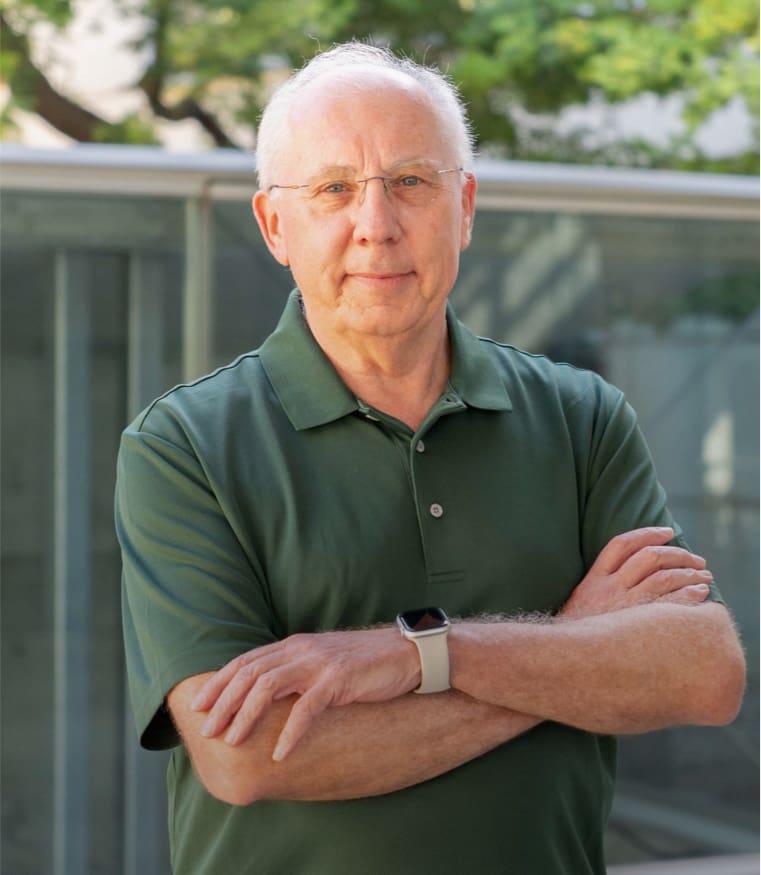Supramolecular approaches to mediate chemical reactivity
Nature continuously inspires scientists to design novel prototypes of artificial systems with more and more advanced functions and properties [1,2]. In this regard, one of the greatest innovations was the discovery that small molecules can catalyze/mediate chemical reactions by a biomimetic approach [3,4]. Very recently, many efforts have been devoted to study supramolecular catalysis processes [5-14] in which macrocyclic hosts, self-assembled capsules and metallo-cages were employed as catalysts or nanocontainers.
The primary characteristic of supramolecular catalysis is that the general modes of activation based on intermolecular interactions can operate on substrates in a selective way, and in confined environment, like the active site of natural enzymes [5-14]. As a result, molecular recognition of the substrate(s) and potentially the transition state is essential in supramolecular catalysis.

Ballester, P.; Wang, Q.; Gaeta, C.
Beilstein J. Org. Chem. 2022, (18), 1463–1465
DOI:
10.3762/bjoc.18.152

Let's create a brighter future
Join our team to work with renowned researchers, tackle groundbreaking
projects and contribute to meaningful scientific advancements




















